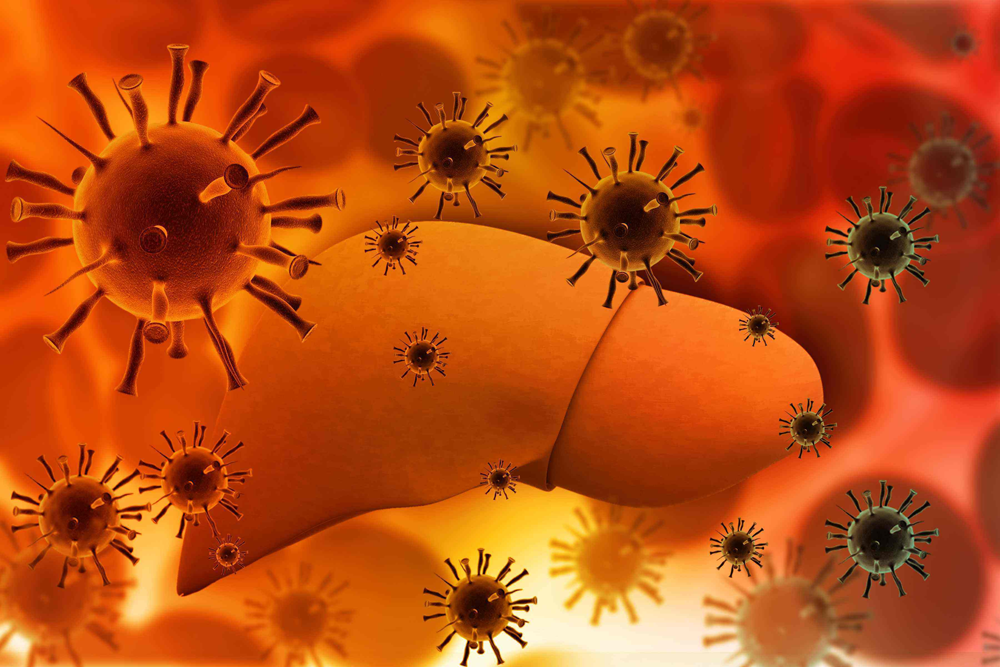On November 8, GlaxoSmithKline (GSK) announced that the phase IIb clinical results of the antisense oligonucleotide bepirovirsen in the treatment of chronic hepatitis B will be presented at the meeting of the American Association for the Study of Liver Diseases and published in the “New England Journal of Medicine”.
B-Clear is a randomized, partially blinded, parallel-cohort, multicenter Phase IIb clinical study to evaluate patients with chronic hepatitis B who were initially receiving stable nucleoside (acid) analog (NA) therapy or did not receive NA therapy Efficacy and safety of 12 or 24 weeks of treatment with bepirovirsen. The primary endpoint was the proportion of patients who achieved hepatitis B surface antigen (HBsAg) < lower limit of detection (LLOD) and HBV DNA < lower limit of quantification (LLOQ) after 24 weeks of bepirovirsen treatment without rescue therapy.
Preliminary data released on June 25 showed that 28% to 29% of patients had undetectable virus levels after 24 weeks of treatment with bepirovirsen.
The published results are the follow-up observations after 24 weeks of drug withdrawal. The results showed that 9% to 10% of patients had undetectable virus levels 24 weeks after discontinuation of bepirovirsen.
GSK said that, as expected, some subjects experienced relapses after treatment ended, thus causing their infections to increase to detectable levels, but it was not entirely clear what caused the two data gaps to be so large. But GSK also noted that even a 10 percent benefit would be about 10 times greater than current standard therapy.
The results also showed that among patients with low baseline HBsAg levels, 16% of those who started taking NA had undetectable virus, and 25% of those who did not take NA.
The B-Sure trial will investigate the durability of response, with an additional 33 months of follow-up; and will investigate whether bepirovirsen continues to show reductions in HBsAg and HBV DNA levels after stopping other treatments, proving that a functional cure can be achieved.
Functional cure refers to the disappearance of HBsAg with or without seroconversion after a limited course of treatment, undetectable HBV DNA in serum, reduction of liver tissue inflammation and fibrosis, and a reduction in the risk of hepatocellular carcinoma over time.
said Chris Corsico, senior vice president of development at GlaxoSmithKline. “The results of this B-Clear study represent a promising and important step forward for the approximately 300 million chronic hepatitis B patients. We look forward to further confirmation of bepirovirsen’s function in the Phase III study and will explore potential sequential therapy program to help more people with chronic hepatitis B achieve a functional cure.”
Current treatments for hepatitis B include interferon-like molecules and NAs such as entecavir, tenofovir disoproxil fumarate, and tenofovir alafenamide. Interferon molecules boost the immune system, while NA prevents or slows viral replication. Even with the combination, however, only a small percentage of patients had undetectable HBsAg levels.
Bepirovirsen is an antisense oligonucleotide that can specifically recognize the mRNA used to express viral antigens (pathogenic proteins) in HBV-infected liver cells, inactivate the viral mRNA by mobilizing the liver’s own enzyme system, and inhibit viral proteins The level of HBsAg in order to achieve the purpose of functional cure of hepatitis B.









